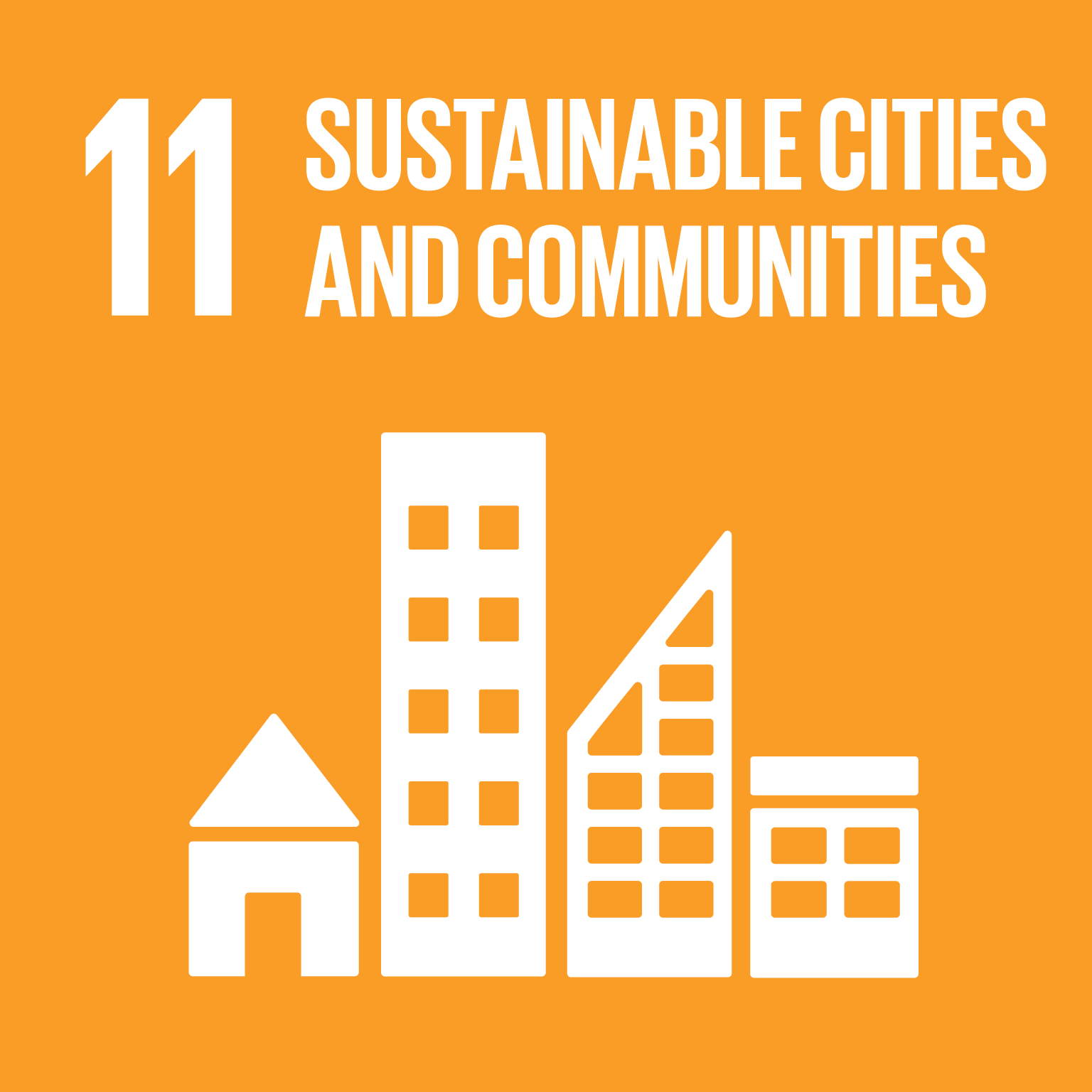
TARGETS AND INDICATORS
Sub-Dimension: Safety, Housing and Social Inclusion
Type: Core Structural
Definition:
Percentage of city inhabitants living in slums, informal settlements or inadequate housing
Rationale:
The term “informal settlements” has been used to refer to unregulated, illegal and unauthorized construction, arising from the conditions and regulations in different countries, including “spontaneous”, “unplanned”, “unauthorized”, “illegal” or “squatter” settlements. The term “informal” may also be used for settlements of refugees or vulnerable people, overcrowded and dilapidated housing in cities, or slums. The United Nations has used the term “informal settlements” to refer to:
- residential areas where a group of housing units has been built on land to which the occupants have no legal claim, or which they occupy illegally;
- unplanned settlements where housing is not in compliance with current planning and building regulations (unauthorized housing). (UNECE)
The city shall report households that lack any one of the following five elements:
- Access to basic water (access to sufficient amount of water for family use, at an affordable price, available to household members without being subject to extreme effort)
- Access to basic sanitation (access to an excreta disposal system, either in the form of a private toilet or a public toilet shared with a reasonable number of people)
- Security of tenure (evidence of documentation to prove secure tenure status or de facto or perceived protection from evictions)
- Durability of housing (permanent and adequate structure in non-hazardous location)
- Sufficient living area (not more than two people sharing the same room)
A declining trend and lower values are considered positive.
Source:
UNECE. Formalizing the Informal Challenges and Opportunities of Informal Settlements in South-East Europe. Retrieved from
https://www.unece.org/fileadmin/DAM/hlm/documents/Publications/Formalizing_the_Informal_Challenges_and_Opportunities_of_Informal_Settlements_in_South-East_Europe.pdf
Methodology:
Calculate as:
Numerator: Number of people living in slums, informal settlements or inadequate housing Denominator: Total city inhabitants
Multiply by 100
Unit: Percentage
Data Sources:
Data can be collected from municipal planning and housing departments.
Household surveys and citizen/community-run surveys, such as those developed by Slum Dwellers’ International and the Cities Alliance.
